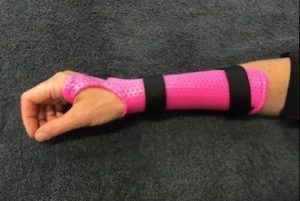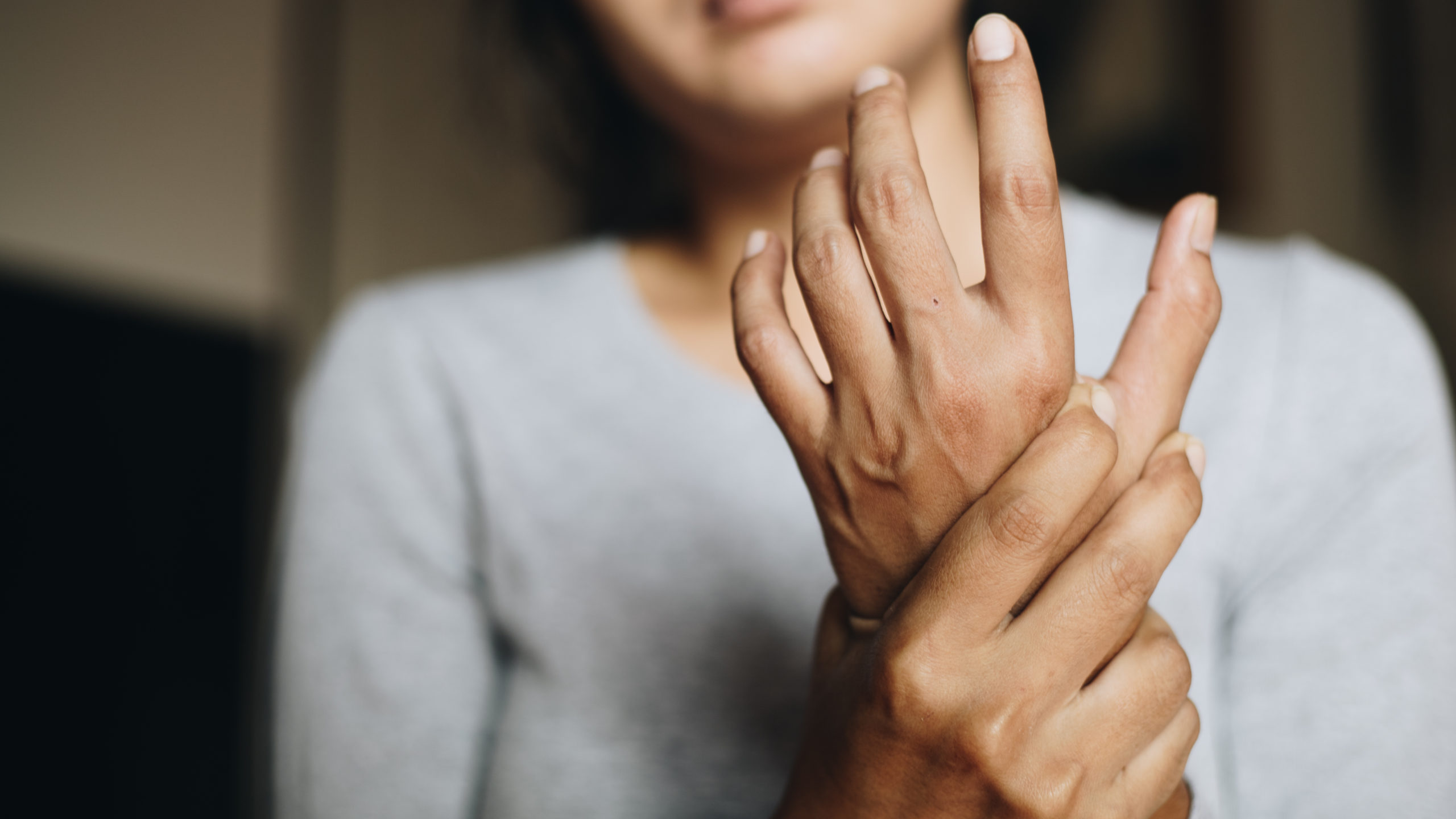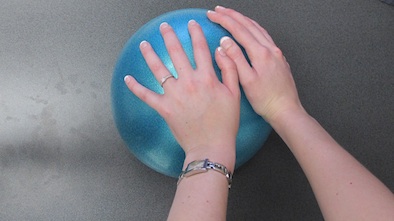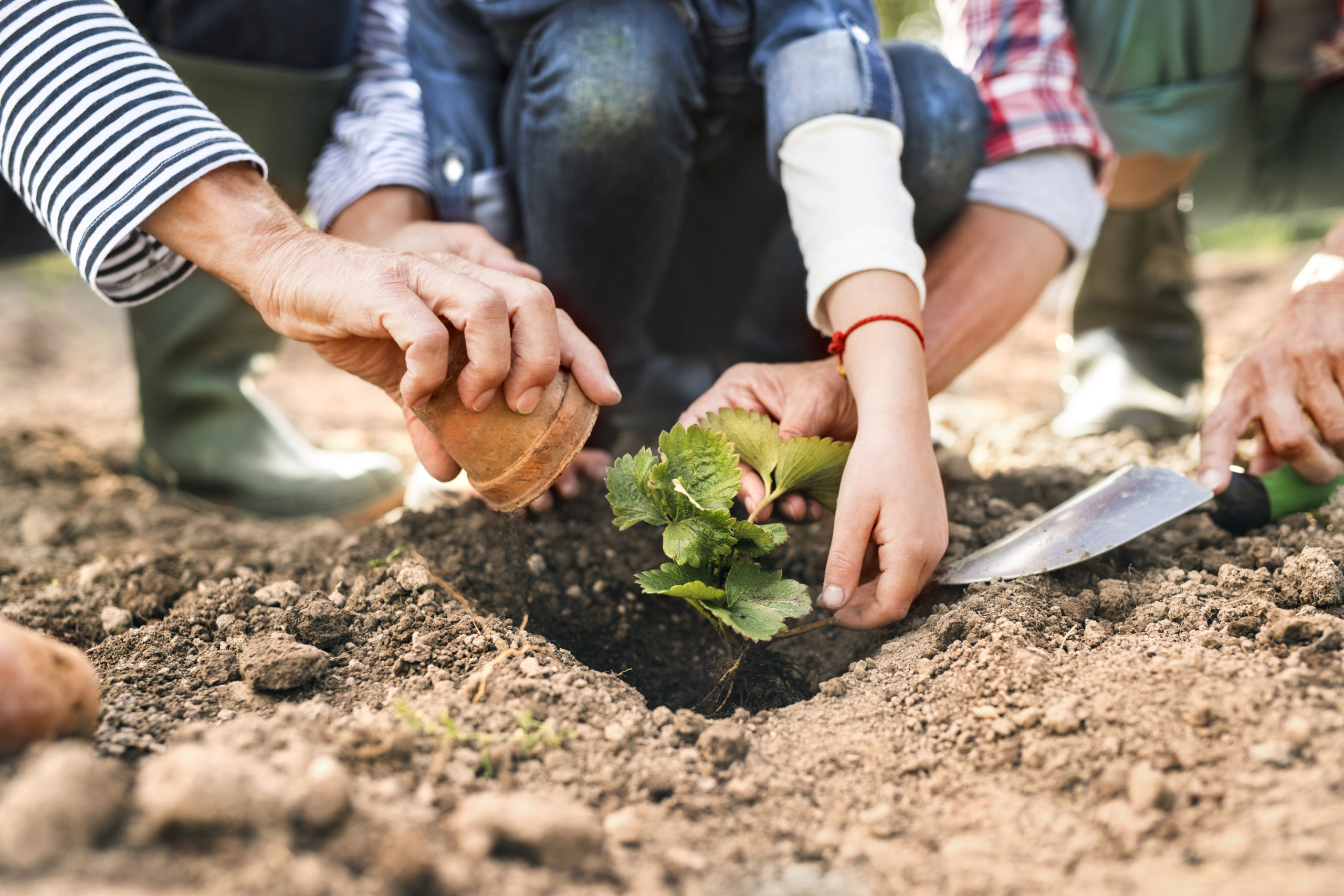
 Gardening should be an enjoyable, minimally stressful activity. It’s a good way to keep busy in an outdoor environment and is great for physical and mental health. For gardeners, wrists and hands are the most important tools you have, but because of this, they are also the most susceptible to pain and injury.
Gardening should be an enjoyable, minimally stressful activity. It’s a good way to keep busy in an outdoor environment and is great for physical and mental health. For gardeners, wrists and hands are the most important tools you have, but because of this, they are also the most susceptible to pain and injury.
If you are experiencing prolonged pain in the wrists and hands from gardening we recommend seeing a hand therapist to effectively manage symptoms and avoid pain. Here are a few key tips to practice at home too.
1) Warming up
Never underestimate the power of a comprehensive warm up routine. Stretching the hands, wrists, arms and shoulders will ensure your joints and muscles are loose and warm, reducing the risk of repetitive strain injury caused by the gripping, grasping and lifting activities involved with gardening.
2) Choosing the right tools
Tools with large rubber handles will help reduce strain on finger joints. Choosing a small, light spade can also help reduce the strain on hands, as will tools with ergonomic handles. Gloves with rubber on the hands can also help. These might be more expensive options, but can make a huge difference in alleviating hand and wrist pain when gardening.
3) Proper form when gardening
Improper form is perhaps the most common, yet most easily mitigated cause of hand and wrist pain when gardening. For example, incorrectly holding a trowel can place a disproportionate amount of pressure on the wrist, with very little help from the forearm and elbow. Most gardening tools feature ergonomic hand grips and these should be used to their full potential.
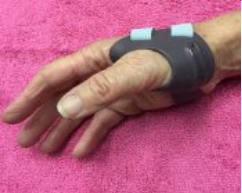
4) Take frequent breaks
Gardening can be very engrossing, especially if you fall into a good rhythm. Sometimes you might find yourself working non-stop for hours, and this can be a contributing factor to hand or wrist pain. Setting an alarm clock at frequent intervals is the best way to manage this issue. We recommend a break every 20 minutes or so.
5) Splinting
Wearing a custom made splint is a great way to effectively manage hand and wrist pain when gardening. Splints can either be soft or made from thermoplastic and are fabricated to suit your needs. Get in touch with your hand therapist if you’d like to discuss splinting options.
Treatment of hand and wrist pain
If you suffer from severe pain in the hands during or after gardening, be sure to speak with your hand therapist for advice and treatment. While splinting may be required for more serious conditions in order to promote healthy movement, a therapist can also provide you with the following:
• Advice about appropriate activity modifications
• Median nerve gliding exercises to reduce nerve irritability
• Graded strengthening exercises when appropriate
• Range of movement exercises for uninvolved joints
If you have any questions regarding a condition you have or to book an appointment, feel free to contact us here. We will be more than happy to help.

